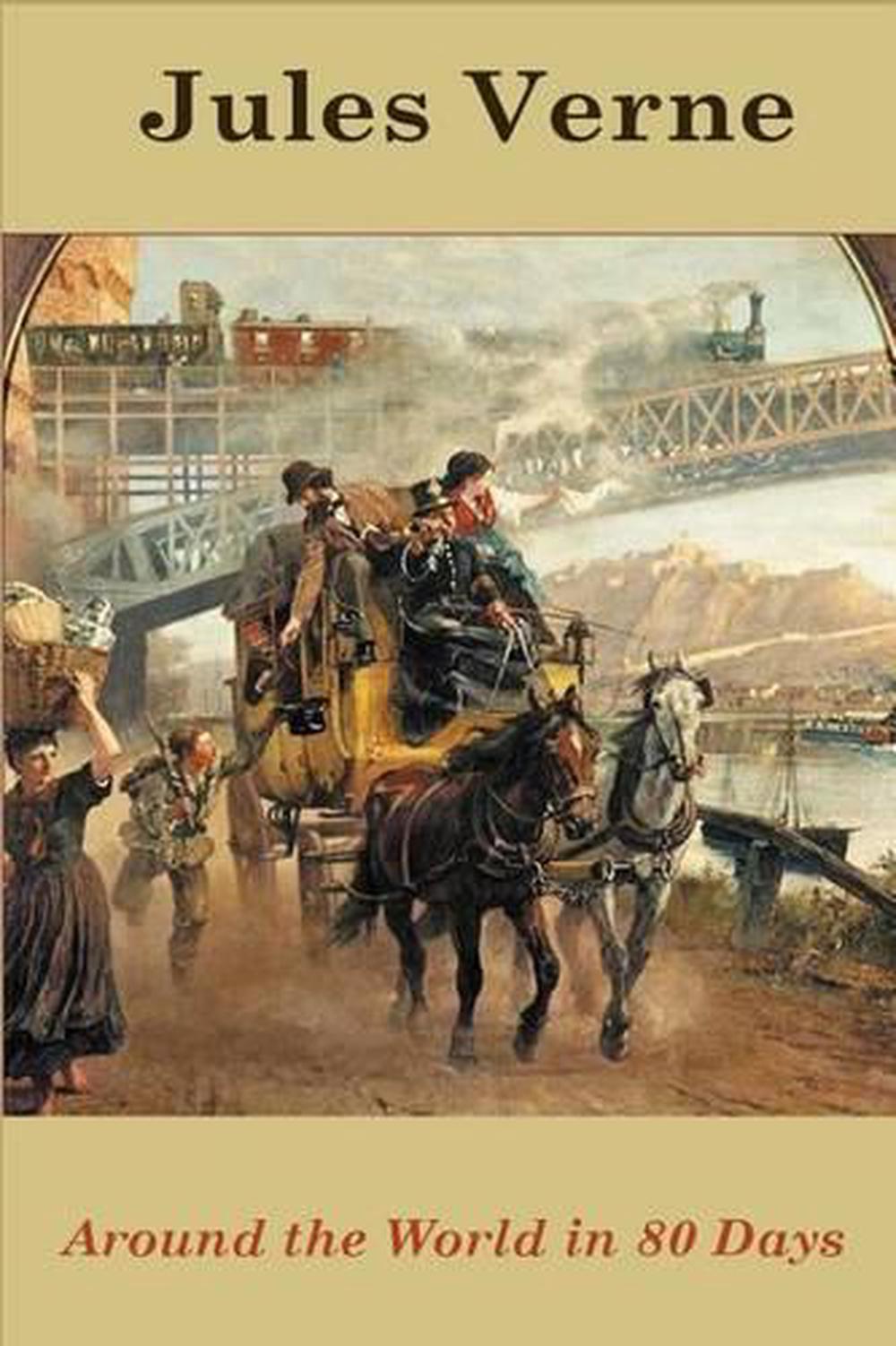

This is why it’s so important to have Black creatives and other creatives of color behind the camera to offer workarounds to avoid repeating the same problems. The portrayal of violence against Black characters isn’t a new problem in UK productions, but that doesn’t excuse it or make it easier for Black audiences to watch.
AROUND THE WORLD IN 80 DAYS BOOK SERIES
Doctor Who is another UK series that has received similar criticism from Black critics for repeatedly depicting Black characters experiencing bodily violence despite making great strides to reverse the harm of older episodes with racist plots. Long-time PBS fans also pointed out how troubling and potentially traumatic to Black audiences viewing Gerard’s murder was. It will be hard for some viewers of color to separate the history of 1872 from now, especially as Around The World In 80 Days is billed as an escapist drama, as opposed to a show like The Long Song where violence during slavery is the main plot point.

Black viewers are constantly reminded in the news media about George Floyd’s murder and other racially motivated violence. Even though historically protesters were shot during the social upheaval around the Paris Commune the year before the story is set, this scene takes on a different and more disturbing modern-day context when it is a Black man being shot. However, Gerard’s slow-motion shooting was a rare example of insensitive cinematography on a MASTERPIECE series. This subplot served to reveal Passepartout’s desire to run away from his turbulent past which was not described in the original novel in great detail. However, even the best-intentioned white screenwriters may not realize that subconscious bias could be informing their decision-making, because they don't have the lived experience of racism.Ī good example of well-intentioned screenwriting and cinematography choices ending up with unfortunate consequences during this season is Passepartout's reunion with his brother Gerard in Paris during Episode 1.

His experience of traveling the world is more relatable to audiences who didn’t see themselves reflected in earlier adaptations. Seeing white characters mispronounce Passepartout’s name or treat him unequally compared to Fogg and Fix shows that the series is committed to realistic re-creation of how people would have treated the travelers in 1872. Black French people are so frequently erased from period dramas from this era that Koma’s casting made this series a breath of fresh air. The decision to color-consciously cast Ibrahim Koma as Passepartout the butler is overall one of the greatest strengths of Around The World In 80 Days. This article explores in chronological order the ups and downs of how the series has approached the subject. However, no series is perfect, and some ideas which may seem harmless to white audiences are potentially offensive to BIPOC who have to live with the legacies of racism and imperialism.

Many of the most racist sections of the book have been replaced in the process of adaptation. While the series hinges on Britain’s imperialism facilitating travel between distant places, there are some attempts to tone down the worst parts of Verne’s narrative. Even if audiences have never read the book, Phileas Fogg, Passepartout, and Abigail Fix’s journey across the Middle East and Asia still holds this historical and social context. While Jules Vernes’ classic novel Around The World In 80 Days has long been celebrated for its depiction of adventure, many have criticized the novel for glorifying the British Empire’s racism and imperialism. This article contains mild spoilers for the first five episodes of Around The World in 80 Days.


 0 kommentar(er)
0 kommentar(er)
